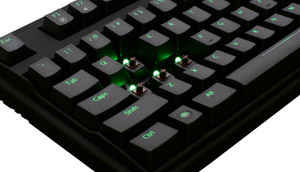
Mechanical keyboards - spring loaded, ultra precise and the choice for gamers. What makes them different? what makes them better and which mechanical keyboard would suit your usage? Well, get ready, because we’re about to drop some knowledge.
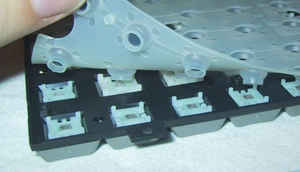
But first, standard keyboards
Most keyboards that we use daily are membrane based. These keyboards have a rubber dome and three layers of plastic membrane underneath. As you press a key cap, the rubber dome underneath it collapses and presses on to the first plastic membrane, which has part of the circuit. This membrane is separated from the third layer (that has all the circuitry) by the second plastic membrane, which has holes below the keycaps and is their to simply act as a buffer between the first and third layers. So, when a keycap is pressed, the first layer connects to the third layer, completes the circuit and voila, you see a character on your display. Of course, all this happens in a matter of milliseconds.
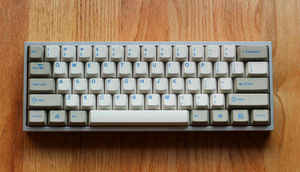
How are Mechanical keyboards different?
Unlike the standard rubber dome mechanism, a mechanical keyboard is much more complex. Generally, underneath every key on a mechanical keyboard, there is a spring loaded mechanism. Mechanical keyboards are further classified on the basis of mechanical switches they use.
However, all mechanical keyboards provide a precise feedback, have a longer and satisfying key travel distance. You will also hear and feel the click when you press a key in some variants. Mechanical keyboards are far more reliable and long lasting than membrane keyboards, thus making them an outright choice for gamers and typists. In essence, mechanical keyboards are ahead in almost every way compared to their membrane based counterparts. Although there are some cons such as: high cost, weight (heavy), not easy to clean or repair.
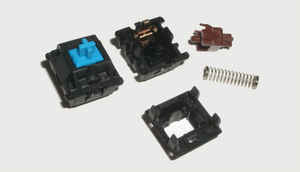
Some of you may know that the gold standard in mechanical switches are the Cherry MX switches, which come in various flavours, but these four are the most important — Blue, Brown, Red and Black. These switches are used by most mechanical keyboards out there. Keyboard makers Logitech, Razer and Steelseries have their own mechanical switches as well, but they are available on select keyboards. There are also lesser known switch standards, such as the buckling springs, Alps, Topre switches etc. that are generally much costlier than the switches we mentioned above.
So, we are going to talk about the top six mechanical switches and the best keyboards using those switches, that you can actually buy in India.
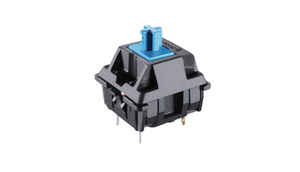
TYPE-1
Cherry MX Blue
This is the most common mechanical switch, used by keyboards today. MX Blue provide a very clicky feel, which is favoured by typists. These switches have a tactile bump mid-way through the click, which provides satisfying feedback while you type. That said, these are relatively louder than any other mechanical switch out there.
Actuation Force - 50g
Tactile Feedback - Strong
Audible click - Yes
Suggested keyboard - Cooler Master Storm Quickfire
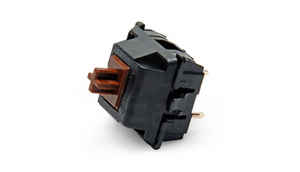
TYPE-2
Cherry MX Brown
These are lighter to use than the Cherry MX Blue and are not that loud without compromising much on feedback. These switches have a tactile bump instead of a tactile click, making them ideal for gamers, who want that tactile feedback but like a less audible keyboard.
Actuation Force - 45g
Tactile Feedback - Light
Audible click - No
Suggested keyboard - Razer BlackWidow Ultimate Stealth Edition
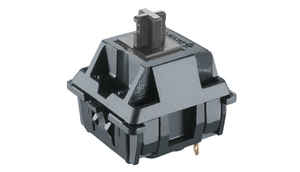
TYPE-3
Cherry MX Black
Cherry MX Black switches have no tactile feedback when pressed, unless you press them all the way. They allow smooth keystrokes all the way to the bottom and thus have faster reset. They are good if you type really fast and require double tapping a key. They require some getting used to, but once mastered are much faster to use.
Actuation Force - 60g
Tactile Feedback - None
Audible click - No
Suggested keyboard - Steelseries 6GV2
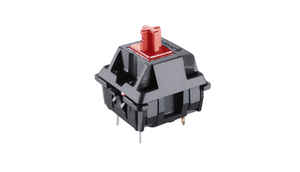
TYPE-4
Cherry MX Red
Cherry MX Red switches are much like the MX Blacks, but require even lesser actuation force, making them easier to use and less tiring. The actuation point of this switch is smaller, making this an ideal choice for gamers who want shorter response time.
Actuation Force - 60g
Tactile Feedback - None
Audible click - No
Suggested keyboard - Corsair K95 RGB
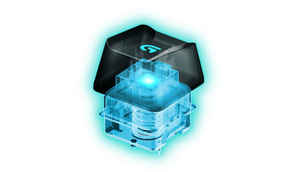
TYPE-5
Logitech Romer-G switches
Logitech made these switches from the ground up to offer better response time, by offering much clearer and higher actuation point. These are available only on a few logitech keyboards. They are not as clicky and the tactile feedback is not as prominent as the Cherry MX switches. These are also made keeping backlighting in mind, as the LED is mounted right in the middle of the switch rather than on the top.
Actuation Force - 45g
Tactile Feedback - Yes
Audible click - No
Suggested keyboard - Logitech G310 Atlas Dawn
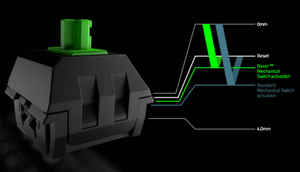
TYPE-6
Razer Green switches
Razer is a well known brand amongst gamers. Like Logitech, Razer has also changed the actuation point of the key and thus reduced the reset time, which translates into faster key presses. Razer also makes Orange switches, which require lesser actuation force and are a bit silent.
Actuation Force - 45g
Tactile Feedback - Yes
Audible click - Yes
Suggested keyboard - Razer BlackWidow Tournament Edition

Glossary
Actuation point - Activation Point is the key travel distance where the key is actually recognized by the keyboard.
Actuation Force - Actuation force is the force required to reach activation Point on a keyboard
Clicky - Clicky means the audible 'click' made by mechanical keyboards.
Reset point - Reset point is simply the reset point of a switch before you can press it again.